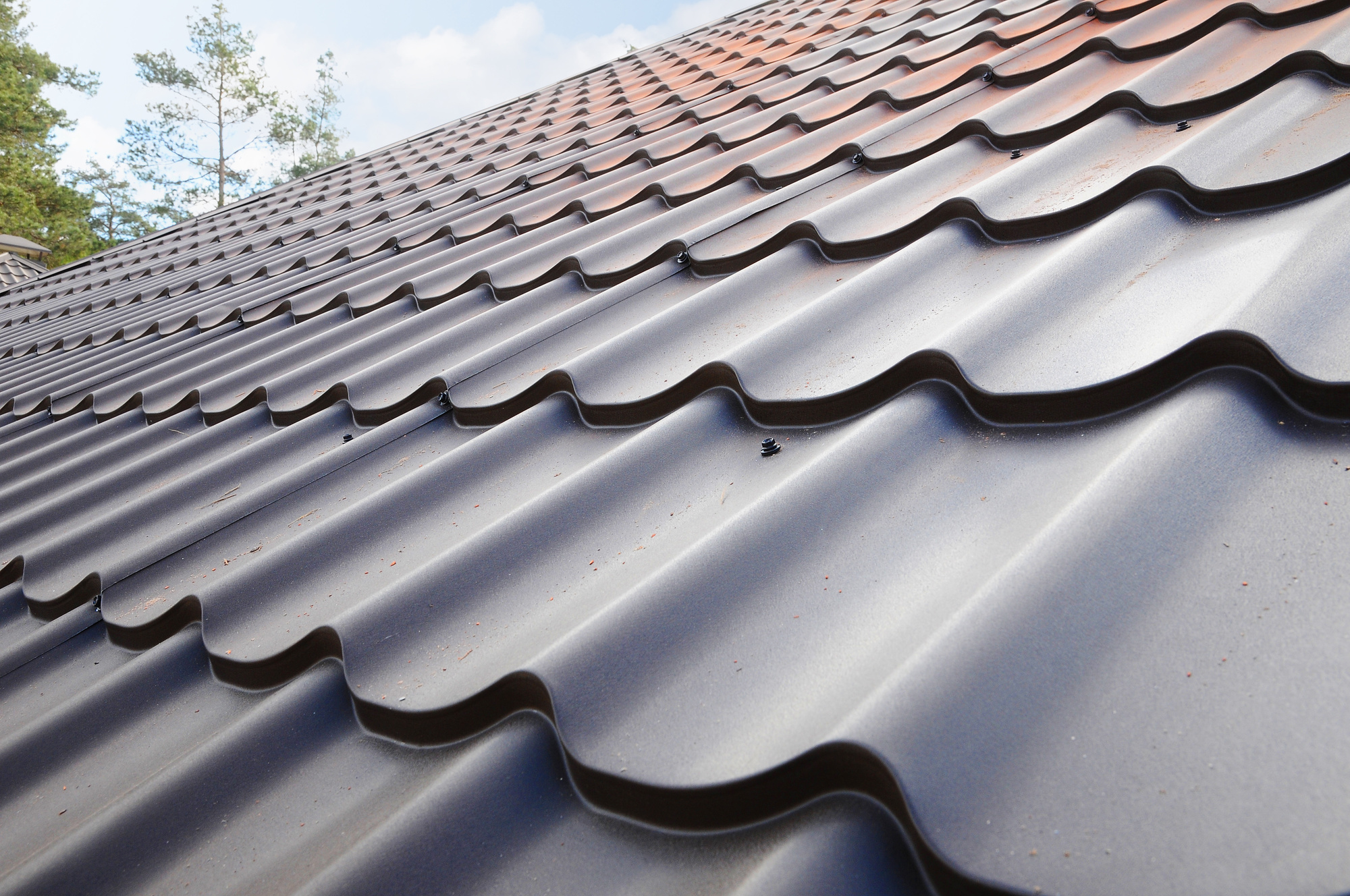Did you know that installing roof vents can reduce the moisture in your home, improve air circulation, and protect your roof shingles from damage? If you don’t have roof vents, you may face costly repairs, mold, and uncomfortable living conditions.
If your home doesn’t already have roof vents, you should consider installing them right away. How can you tell which roof ventilation types are best for your home? Keep reading to learn all about the best roof ventilation methods.
Ridge Vents
One of the most common roof ventilation options is ridge vents. Ridge vents are installed on the ridge of a roof. You cannot see ridge vents because they are normally covered in shingles.
This allows the vents to be sleek and out of sight. One of the main purposes of ridge vents is to circulate the airflow around your roof. Ridge vents prevent pockets of warm or cold air from damaging your roof.
Powered Vents
Powered vents are another common type of roof ventilation. You can install a powered fan on the gable of your roof to help circulate the air inside your home. Because they have power, they do a better job at circulating than some other types of fans.
The main downside to installing a powered vent is that they use electricity. You may notice a small increase in your electric bill each month, but it may be worth it for better circulation if you have a large house.
Box Vents
If you have a flat or low-grade incline roof, a box vent could be one of the best options for your home. A box vent is a simple type of ventilation system that can be easily installed. Its main purpose is to allow heat and moisture to escape from the roof.
Box vents do not push any air out on their own, so they should be in areas with good airflow.
Gable Intake Vents
Of all the different types of roof vents, gable intake vents are the most visible option. They come in the form of a triangular vent with screens to help keep the bugs out. Gable intake vents get their name from the fact that they sit on top of roof gables.
Gable intake vents help improve the airflow in your attic. They usually work in conjunction with other types of ventilation fans.
Soffit Vents
While the main purpose of some vent fans is to push air out of the house, soffit fans pull air into the house. This helps improve air circulation and prevent mold.
These vents are often used with gable intake fans. While soffit vents bring the air in, gable intake vents push the air out.
Which Roof Ventilation Types Are Best for Your Home?
Roof ventilation is essential to keeping moisture out of your home and keeping your home in good shape. Some of the most common roof ventilation types include ridge vents, powered vents, box vents, gable intake vents, and soffit vents.
Do you know which roof ventilation fan is right for you? If you want to learn more, check out the home improvement category for more home advice!











